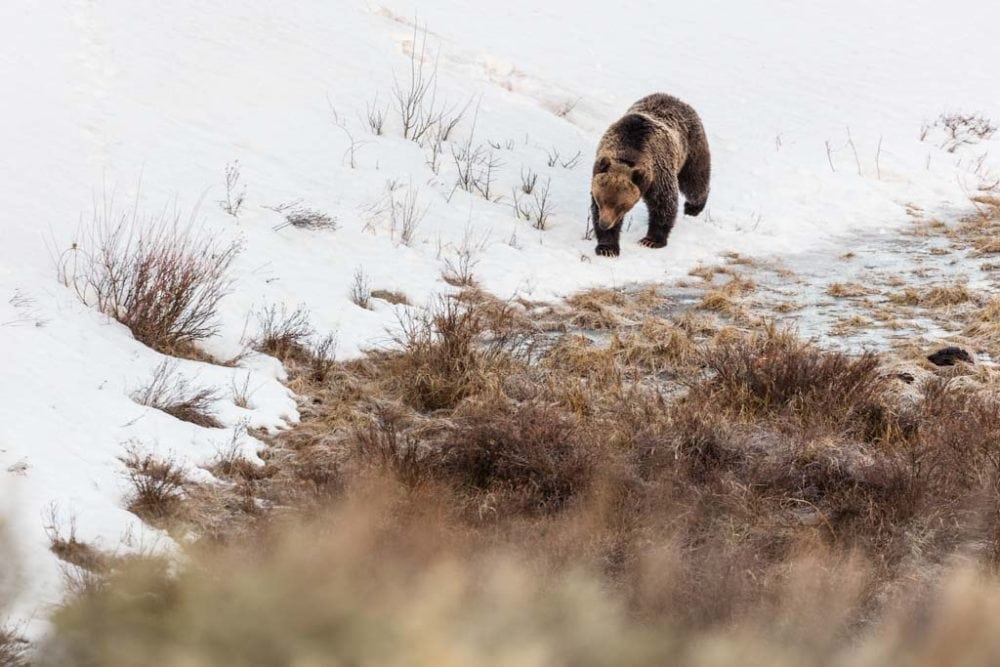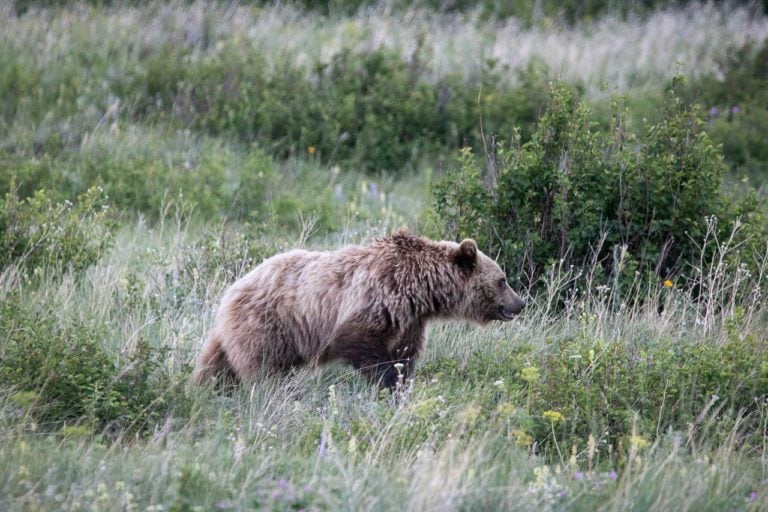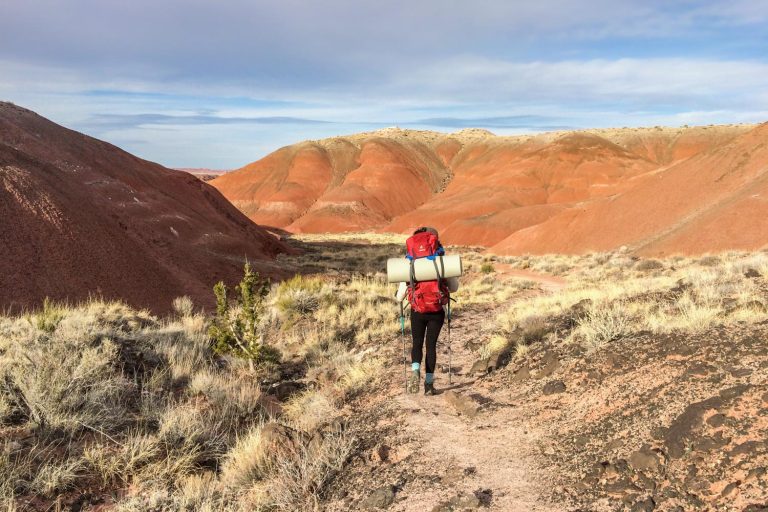Pilot Spots First Grizzly Bear of 2021 in Yellowstone National Park
Yellowstone National Park is unofficially awakening, albeit slowly, after a long and cold winter. This moment is typically marked by the first grizzly bear sighting of year, which, according to the National Park Service, occurred on March 13, 2021.
This is no more than week later than last year’s first Yellowstone grizzly sighting, which happened on March 7.
Pilot Spots First Yellowstone Grizzly Bear of 2021

The first grizzly bear in Yellowstone National Park of 2021 was spotted by pilot who support wildlife studies in the park. From his plane, the pilot witnessed the bear interacting with wolves at a carcass. This took place in the northern part of the park, which is generally considered as one of the best places to see wildlife in Yellowstone.
Although this is the first confirmed grizzly sighting in Yellowstone in 2021, grizzly bear tracks have been noticed several times over the past two weeks.
Park biologists are fairly certain that this is a male grizzly bear, mainly because males tend to emerge from hibernation in early- to mid-March. Females with cubs, on the other hand, leave their dens later in the season, in April and early-May.
Whether it’s a grizzly boar or sow, all bears coming out of hibernation are very hungry, not to say ravenous. After months of burning off fat without eating a single bite, the bears devour everything that’s edible. One of their easiest food sources are carcasses of bison and elk, animals that died during Yellowstone’s harsh winter. This was also where this first grizzly of 2021 was spotted.
“When bears first emerge from hibernation, they look for carcasses at lower elevations and spring vegetation in thermal meadows and south-facing slopes for nourishment.”
– Kerry Gunther, Yellowstone’s bear management biologist.
Grizzly Bear Safety in Yellowstone National Park
When visiting Yellowstone National Park in spring, it’s extremely important to be aware of the dangers wild animals pose. This includes hungry grizzlies, who may aggressively protect their food caches, but also elk, bison and moose with young calves.
All outdoor recreationists, including hikers, snowshoers and skiers, are encouraged to travel around Yellowstone National Park in groups of three or more. They should make noise to alert the bears of their presence and carry bear spray.
It’s also important to note that while carrying firearms is, in fact, allowed inside the park, it is illegal to discharge a firearm. As such, you cannot use a gun to protect yourself against grizzly bears. Bear spray has been proven as the most effective means of deterring bears that are defending their food sources and/or cubs.
Here are some basic guidelines for protecting yourself when exploring Yellowstone grizzly bear country:
- Always carry bear spray and make sure it’s readily accessible.
- Be aware of your surroundings.
- Make noise.
- Travel in groups of three or more.
- Avoid hiking, skiing or snowshoeing at dawn, dusk or night.
- Never run from a grizzly bear!
- Stay at least 100 yards (or meters) from both black bears and grizzly bears.
You can find more detailed information about what to during a grizzly bear encounter in this blog post. It offers tips for dealing with defensive and aggressive grizzly bears, how to use bear spray, and more.
Yellowstone Grizzly Bear Management Area Restrictions
As per park policy, as of March 10, certain visitor activities have been restricted in locations with a high number of carcasses and, as such, plenty of grizzlies—as well as black bears, who are generally less dangerous.
You can learn more about Yellowstone’s (seasonal) bear management areas here.







